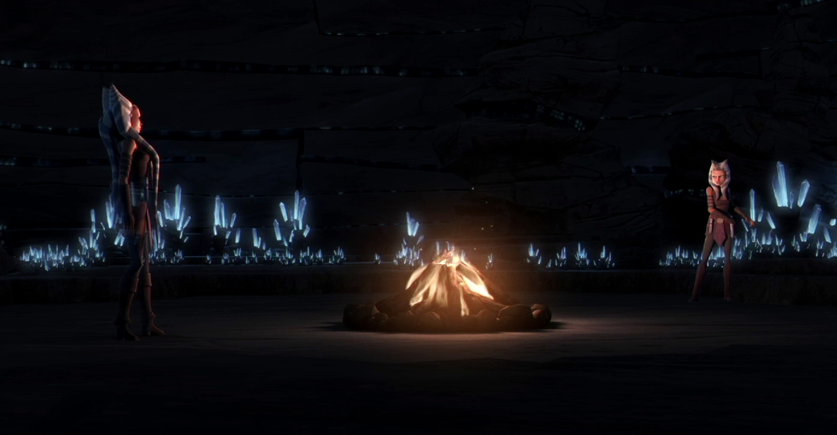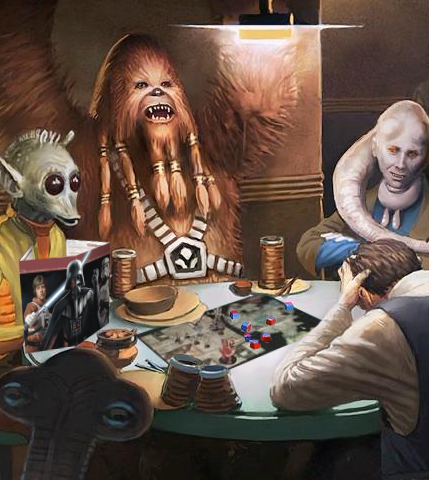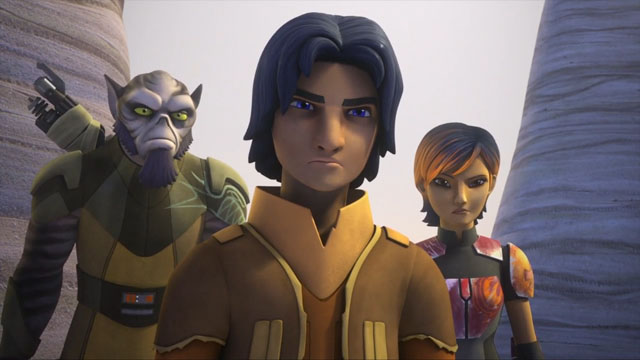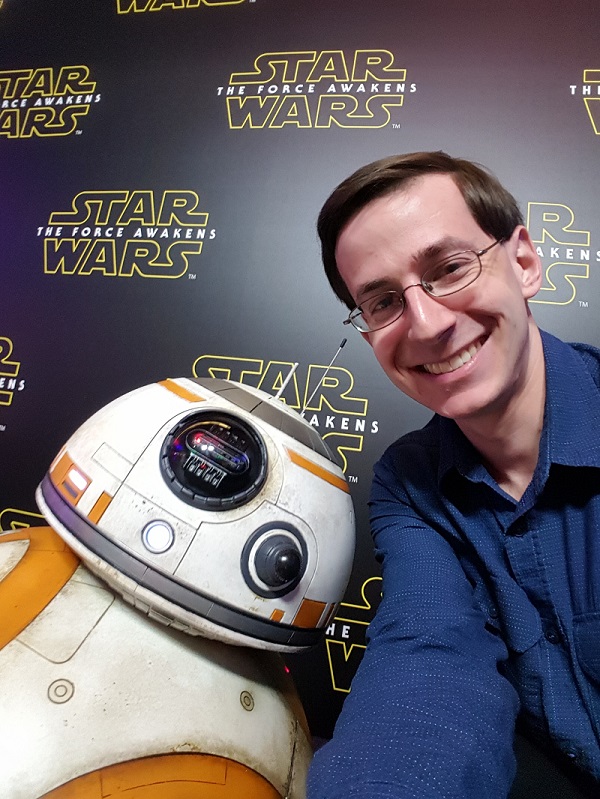
First, a disclaimer: while this piece won’t be getting into major plot details from Bloodline (since we haven’t read it yet), we will be dealing directly with information from the three-chapter excerpt that was released late last week by instaFreebie [1]Editor’s note–this piece mistakenly credited the release to the Playcrafting newsletter in its original form regarding the political context and background of the sequel era. If you deem that to be spoilery, proceed at your own discretion.
Mike: So Jay, you and I have spoken on and off about Leia’s founding of the Resistance as a difficult move to judge from our perspective here in the real world—on the one hand, we know the First Order is a serious threat, but in-universe, it’s very easy to see how she’d come across to the post-Endor generation as an old soldier refusing to accept peace, or worse, as a warmonger. At the beginning of Bloodline we learn that after a couple decades the New Republic senate has polarized into two factions: the Centrists, who favor a stronger leadership role for the Republic and a more aggressive military, and the Populists, who prefer more power and autonomy for individual planets. While at first glance it seems sensible that Leia would be part of the Populist faction, it’s especially interesting considering that she’s on the verge of starting her own army.
What first struck me about this backdrop, though, is how believable it felt—at least to someone used to American politics, which are nominally divided into “federal” people and “state” people. Something you’ve brought up here multiple times is the danger of haphazardly translating contemporary political issues into Star Wars’ fantastical setting, when they don’t really apply. Not only does Centrists/Populists feel to me like an artful distillation of real political divisions, it feels like a very appropriate division for the GFFA to have at this point, when so many of its members would be ex-Imperials and ex-Separatists alike. It takes the sort of generic sense of “corruption” we already knew was coming (and which appeared to varying degrees of success in the Expanded Universe) and grounds it in the known history of the galaxy—just like I’ve been hoping for all along. Did you get a similar real-world feeling from it? Read More
| ↑1 | Editor’s note–this piece mistakenly credited the release to the Playcrafting newsletter in its original form |
|---|



 I began my interview series
I began my interview series 